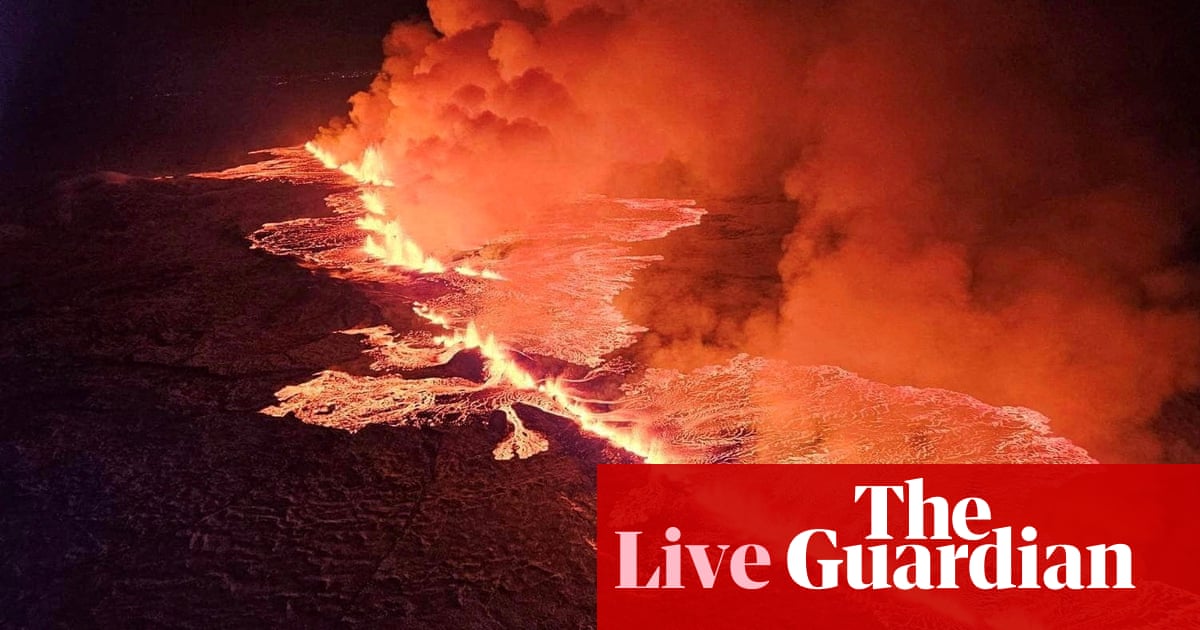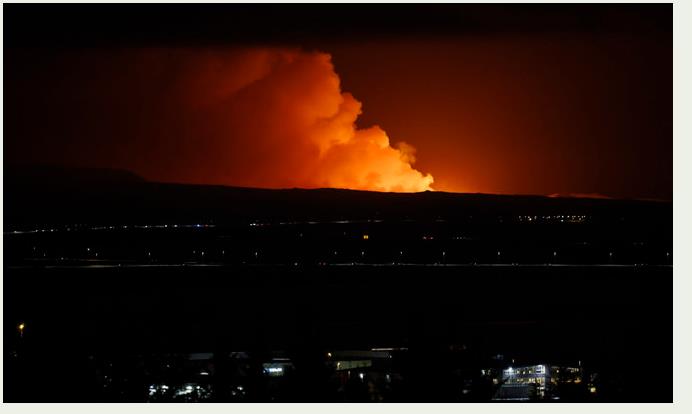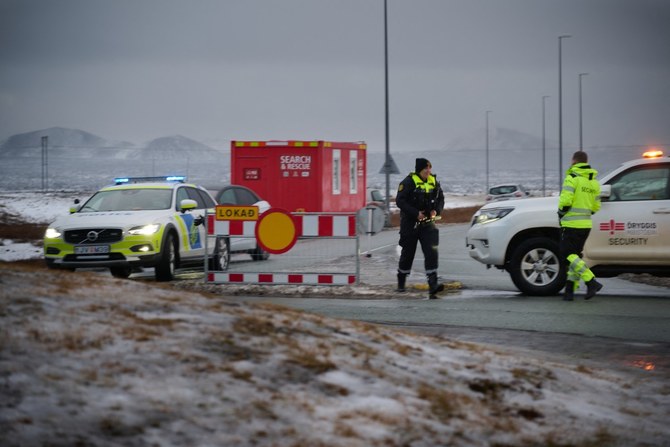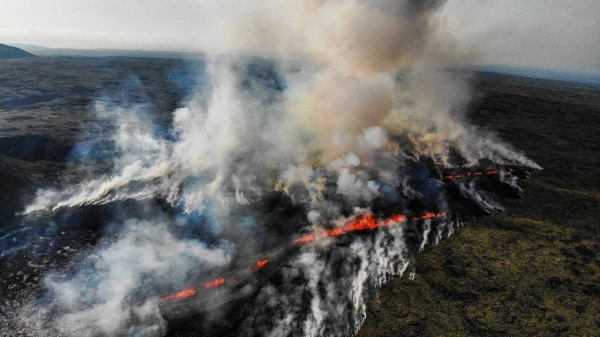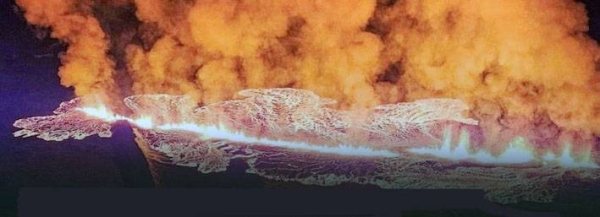
A volcano is erupting in southwest Iceland — it started near the fishing town of Grindavik, which has been evacuated on Saturday.
It began at about 03:00 GMT and Iceland"s public broadcaster RUV said it is not clear which direction the lava is flowing.
"A crack has opened up on both sides of the dikes that have begun to be built north of Grindavik," the Met office wrote.
Grindavik was evacuated in November and the Blue Lagoon, a popular tourist spot, was also closed. An eruption then took place in December but the lava flowed away from the town.
Iceland lies between the Eurasian and North American tectonic plates, two of the largest on the planet, and has 33 active volcano systems as the plates move in opposite directions.
This is the second volcanic eruption on the Reykjanes peninsula in southwest Iceland in a month, and the fifth since 2021.
Last month, an eruption started in what"s known as the Svartsengi volcanic system on Dec. 18.
The lava missed the town of Grindavik, although all its 4,000 residents had been evacuated beforehand.
Around 100 had returned to their homes before an evacuation order was again issued on Saturday, according to local authorities.
The alert level has been raised to "emergency" — the highest of the three-level scale which signals there could be a threat of harm to people, communities, property or the environment.
Iceland"s President Gudni Johannesson said "no lives are in danger" after this morning"s volcanic eruption.
In a post on X (formerly Twitter), Johannesson confirmed the town of Grindavik was successfully evacuated overnight.
Some infrastructure may be in danger, he said, but added there will no interruption to flights — as has happened during previous eruptions.
Iceland sits over what"s known as the Mid-Atlantic Ridge, the boundary between the Eurasian and North American tectonic plates.
The Earth"s crust is made up of different plates that move against each other, that have raised mountains and created volcanoes over millions of years.
The Eurasian and North American plates are moving apart by a few centimeters every year, making the country a hotbed of seismic and volcanic activity.
This allows magma to rise up to the surface, which erupts as lava and/or ash.
Icelanders are used to volcanic activity, and have built a successful tourism industry around it.
Other countries that sit on fault lines include Turkey — which, along with Syria, experienced the devastating earthquake in February last year. — BBC




